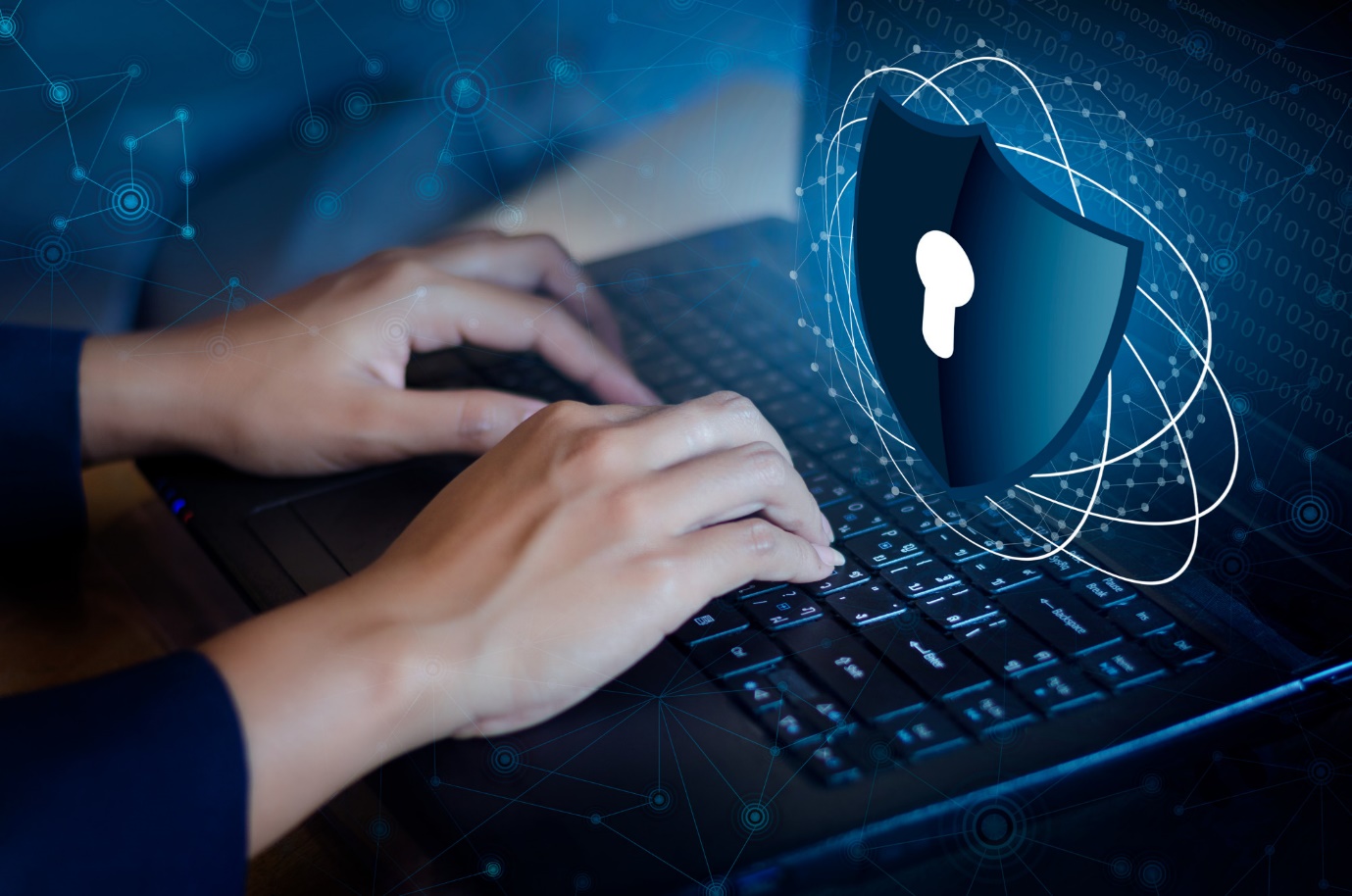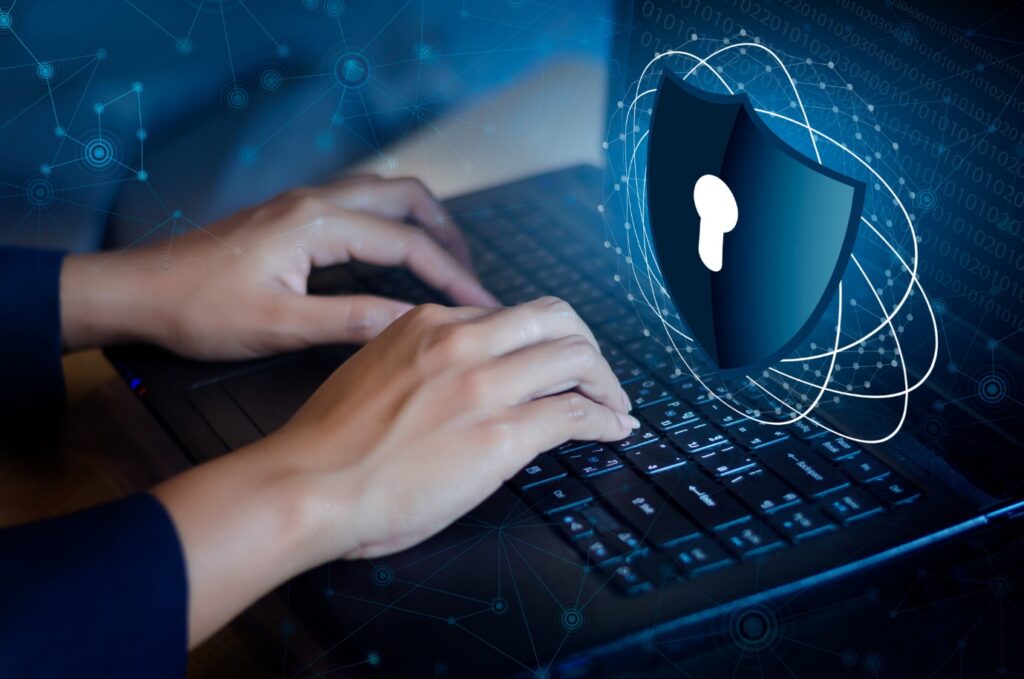Are you lost on where to begin with cybersecurity? Let’s start from the very beginning. Here’s more on the basics of computer safety.

Are you confused about malware, ransomware, viruses, and phishing scams? Not sure how vulnerable your computer is?
Computer safety can be confusing, and the threats constantly change as hackers create new ways to attack your devices. If your computer becomes infected, you could become a victim of identity theft, lose money, and have your personal data exposed.
Check out these seven cybersecurity basics to reduce your chances of becoming a victim.
1. Install Antivirus and Anti-Spyware Software
Antivirus software blocks viruses and malware to prevent an infection in your device. The software can also detect viruses and malware if you’ve already been infected and help remove them from your device. Set your software to run automatically so you don’t forget to do it.
Check to make sure your software stays updated. As new security threats are discovered, antivirus software gets updated to protect against the newest threats.
You can also use firewalls as another layer of protection. They prevent unauthorized communication and unauthorized data coming into and out of the computer.
Operating systems often have built-in software firewalls to protect your device. You can also buy a separate software firewall or a hardware firewall.
2. Complete Updates Regularly
Hackers use sophisticated methods to reach their victims. Viruses and malware evolve all the time as hackers learn to work around security patches.
Operating systems, apps, and software programs also need to evolve to keep up with the new security threats. They do this through patches, which are pushed out through updates. These patches protect against the newest threats.
If you don’t complete those updates on your computer, you’re exposed to the newest security threats. The longer you wait to do the updates, the longer you’re open to those threats.
Choose the automatic update option for your operating system and applications. This ensures you have the latest security patches as soon as they’re available.
3. Manage Passwords Carefully
You know not to share your passwords with others, but even if you don’t tell anyone your passwords, they’re still vulnerable. Weak passwords are easy for hackers to crack, so make yours difficult to guess. A mix of uppercase and lowercase letters, numbers, and symbols make your password more secure.
Changing your passwords frequently can also keep your accounts and devices secure. Never repeat passwords when you change them. Password management tools help you keep your passwords secure so you don’t have to write them down.
You can also increase security by using two-factor or multi-factor authentication to verify your identity. When you log in, you have to use one or more additional methods to prove who you are on top of the password. This could include a PIN or a verification code.
It’s also a good idea to password-protect your device to avoid unauthorized access. If your computer is left in a public area, you can keep someone from getting into your information.
4. Avoid Scams
It’s easy to fall for scams online, especially in emails. Statistics show that 94% of malware arrives through emails.
Phishing attacks are also common through email, and they account for 80% of security incidents. The emails look like they come from a legitimate source, but they’re actually from hackers tricking you into clicking a link. They often install malware on your computer and aim to steal your information.
You can limit your exposure to scams and phishing attacks by only opening emails from people you know. A healthy dose of suspicion about any email can help you avoid becoming a victim. If a friend is infected by malware, you might receive an email from your known contact that has a malicious link in it.
Some emails look like they come from companies you have accounts with, including return email addresses that look legitimate. Be very cautious before clicking a link.
5. Avoid Dangerous Websites
Websites can also contain malware and viruses that can infect your computer. Stick to reputable sites that you can trust when surfing the internet. Be cautious of unknown websites, and leave any site that looks suspicious or full of spam.
You can also learn how to block websites on Chrome and other browsers. This keeps you from accidentally going back to suspicious websites that could threaten your computer’s security.
6. Use Secure Connections
Free Wi-Fi is a perk, but it’s also a danger when you connect your device to an unsecured network. Hackers can access your device while you’re connected to an unsecured network.
Using a virtual private network (VPN) allows you to use public Wi-Fi safely. It encrypts the information to reduce the vulnerability of your data.
Protect your home network with a password to keep it secure. If your network came with a generic password, change it to something secure and difficult to guess.
7. Back-Up Your Data
Regular backups on your computer can help you recover if you’re a victim of a cyberattack. If your computer is infected with ransomware and malware, you’ll lose all of the data on the device.
With backups, you’re able to restore your data using the information on the latest backup. If you haven’t done a backup in several months or years, you’ll lose all of your most recent data saved to your device.
The traditional backup idea is the 3-2-1 method. The idea is to have three copies of your data. You have your original plus two or more backup copies.
Two represents using at least two different storage types. Your original data might be stored on an internal hard drive. Other storage methods can include flash drives or other removable storage devices, external hard drives, and cloud storage.
One represents having at least one copy in an offsite location. You can physically store a backup device in a different location, or you can use a cloud storage system.
Practice Computer Safety
With these computer safety tips in mind, you can cut down on your risk of cyberattacks. A secure computer keeps your personal and financial information safe and prevents damage to your computer.
Check out the rest of our articles for more useful information.

